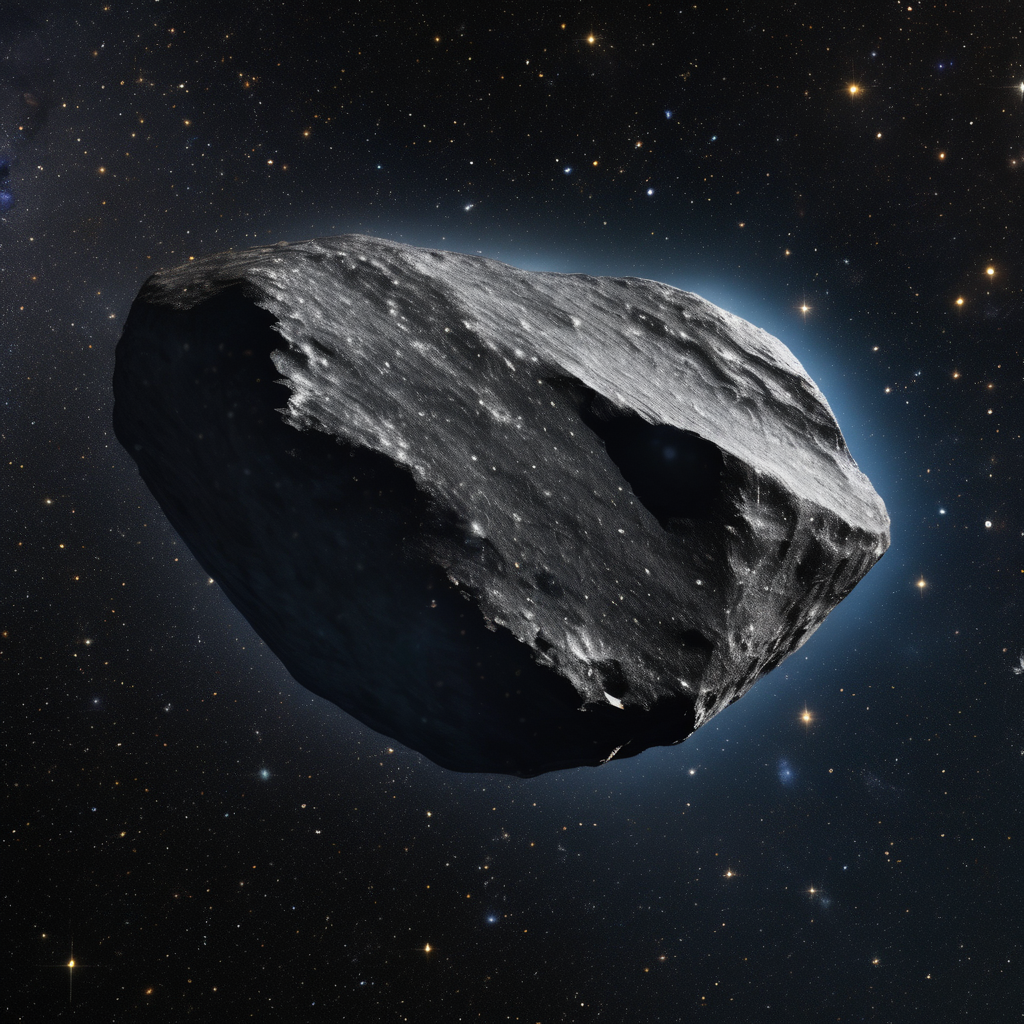Scientists are abuzz with excitement over the recent arrival of an ancient comet from another star system, known as 3I/ATLAS. Marking its significance, this comet is only the third interstellar object recorded to traverse through Earth’s solar system.
Discovered in July by Larry Dennau from the Asteroid Terrestrial-impact Last Alert System (ATLAS) telescope in Chile, 3I/ATLAS has already made headlines by sweeping past Mars earlier this month. It approached the red planet at a distance of about 29 million kilometers (18 million miles) while traveling at incredible speeds of 310,000 km/h (193,000 mph). NASA has indicated that the comet will have its closest encounter with the sun at the end of October and is expected to come within 270 million kilometers (170 million miles) of Earth in December—further than the sun itself, which is about 150 million kilometers (93 million miles) away.
The comet’s name incorporates the “I,” signifying its interstellar origin. Previous interstellar visitors include 1I/’Oumuamua, a rocky entity discovered in 2017, and 2I/Borisov, a comet identified in 2019, adding to the intrigue surrounding these celestial wanderers.
Currently, various spacecraft and institutions are monitoring 3I/ATLAS due to its fascinating characteristics and trajectory, which temporarily hides it behind the sun. NASA anticipates the comet will become visible again by early December 2025. Among the organizations studying the comet are the Hubble Space Telescope, Perseverance and Curiosity rovers on Mars, the Mars Reconnaissance Orbiter, and other missions focusing on solar phenomena.
So far, observations have confirmed that 3I/ATLAS exhibits a hyperbolic orbital path, typical characteristics of comets, including a coma surrounded by a halo of dust and gas. Initial images from the Hubble Space Telescope show a teardrop-shaped cocoon emanating from its icy nucleus, which is estimated to measure between 440 meters (1,444 feet) to 5.6 kilometers (3.5 miles) in width. Notably, the comet’s coma is rich in carbon dioxide, suggesting it originated in a frigid environment far from any stars.
As space agencies continue to collect data on 3I/ATLAS, this ongoing research holds the potential to expand our understanding of cometary bodies and the early conditions of the solar system. With more observations planned, the excitement surrounding 3I/ATLAS offers a glimpse into the universe’s distant past and the ongoing quest for knowledge beyond our world.
